Ashley Hammerbeck, Project Manager, WSB
As your public works team begins to prepare for winter, they will undoubtedly be using road salt to accomplish the important task of removing ice from Minnesota’s roads and sidewalks to keep residents safe as they walk and drive. According to the Minnesota Pollution Control Agency, an estimated 365,000 tons of road salt are used each year in the Twin Cities metropolitan area alone. However, overuse of road salt can lead to chloride pollution which harms lakes and rivers and the aquatic species that live there – and in some instances, even pollutes our drinking water. Once road salts are dissolved in the aquatic environment, it is nearly impossible to remediate the pollution.
What exactly are chlorides?
Chloride salts are salts that contain chlorine (Cl). Chloride salts are used to de-ice our streets and soften our water. They are also a pollutant that can damage the environment as well as man-made structures if accumulated in large amounts.
How can chloride be harmful?
When salt is applied to roads, the ice melts and dissolves the salt which creates chloride runoff into lakes, rivers and aquifers. Similarly, the brine discharge from in-home water softeners is discharged to municipal wastewater treatment plants and ultimately reaches the environment. This chloride becomes very difficult – if not impossible – to remove from our water. Chloride can disrupt ecosystems, threaten aquatic species and wildlife, and make potable water undrinkable. In fact, it only takes one teaspoon of road salt to contaminate roughly six gallons of drinking water.
Chlorides are also corrosive, causing damage to vehicles, bridges and other infrastructure. This leads to more maintenance and ultimately more costs for residents and municipalities.
How can cities help curb chloride pollution?
Prevention
Road salt is one of the largest contributors to chloride pollution in Minnesota, but it is essential in keeping the public safe during icy winters. Earlier this year, Minnesota created a statewide chloride management plan for managing salt use and protecting our water resources in a strategic way. Municipalities are encouraged to review the plan to learn more. In the meantime, you can reduce chloride pollution by doing the following:
- Make sure road salt is stored and transported securely.
- Use a sprayed salt brine on pavement prior to snow and rainfalls to reduce your need for road salt.
- If it’s below 15 degrees, your typical road salt loses effectiveness. Consider other options like sand or other de-icers.
- Only apply road salt where needed and leave space between granules. Your average coffee cup holds enough salt for 10 sidewalk squares or a 20-foot driveway.
- Be deliberate about slowing down and capturing runoff stormwater from roads and urban areas.
- Educate the public on the risks of chloride pollution and offer alternative materials such as sand for use in de-icing.
- Provide information to the public on the local drinking water quality and the consequences of in-home softening systems.
Need help curbing your road salt usage or more information about chlorides in your water? Contact WSB.

Ashley’s experience includes water and wastewater process design, construction management, and contract execution for both municipal and industrial wastewater and water clients. Her work includes sanitary force mains, interceptors, and lift stations, water treatment and water distribution, WWTP and collection system rehabilitation, sanitary sewer odor control, biogas utilization, and sludge and biosolids handling.

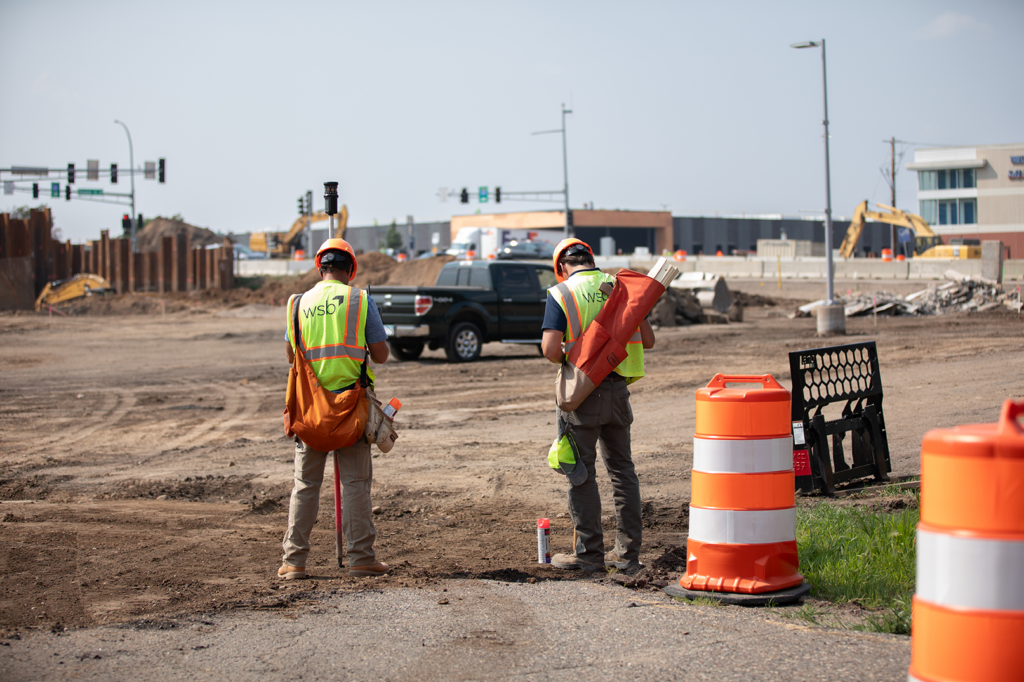
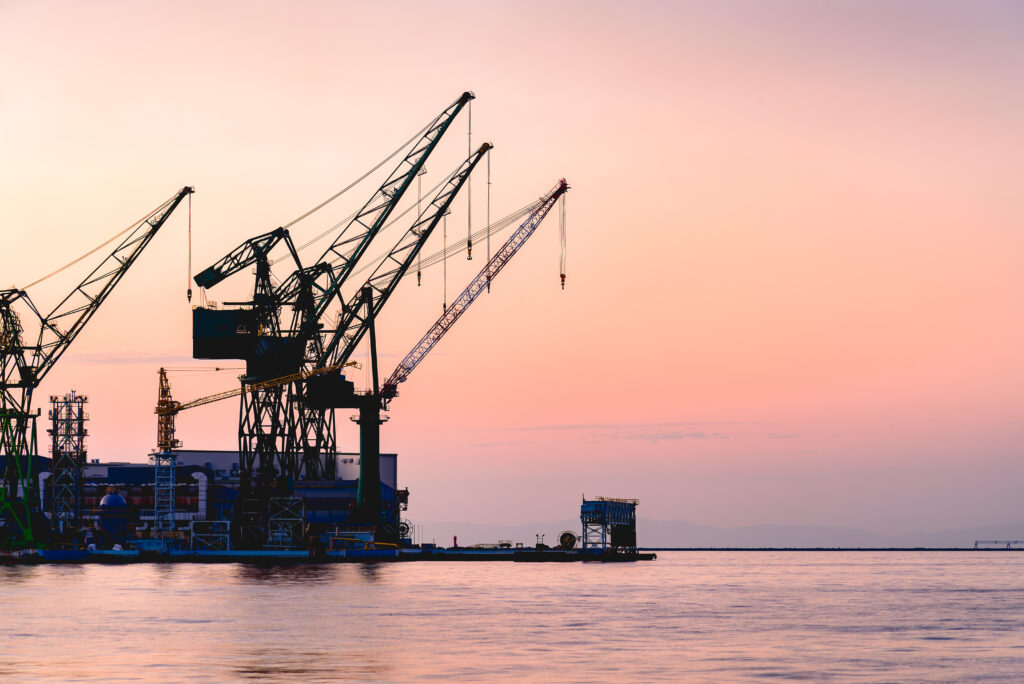
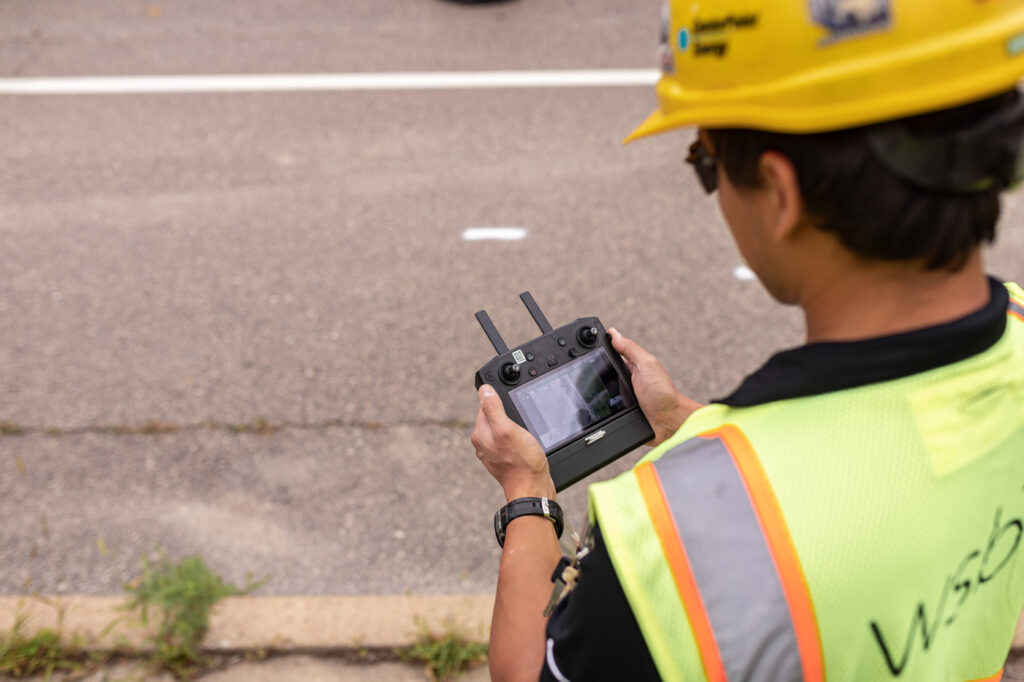


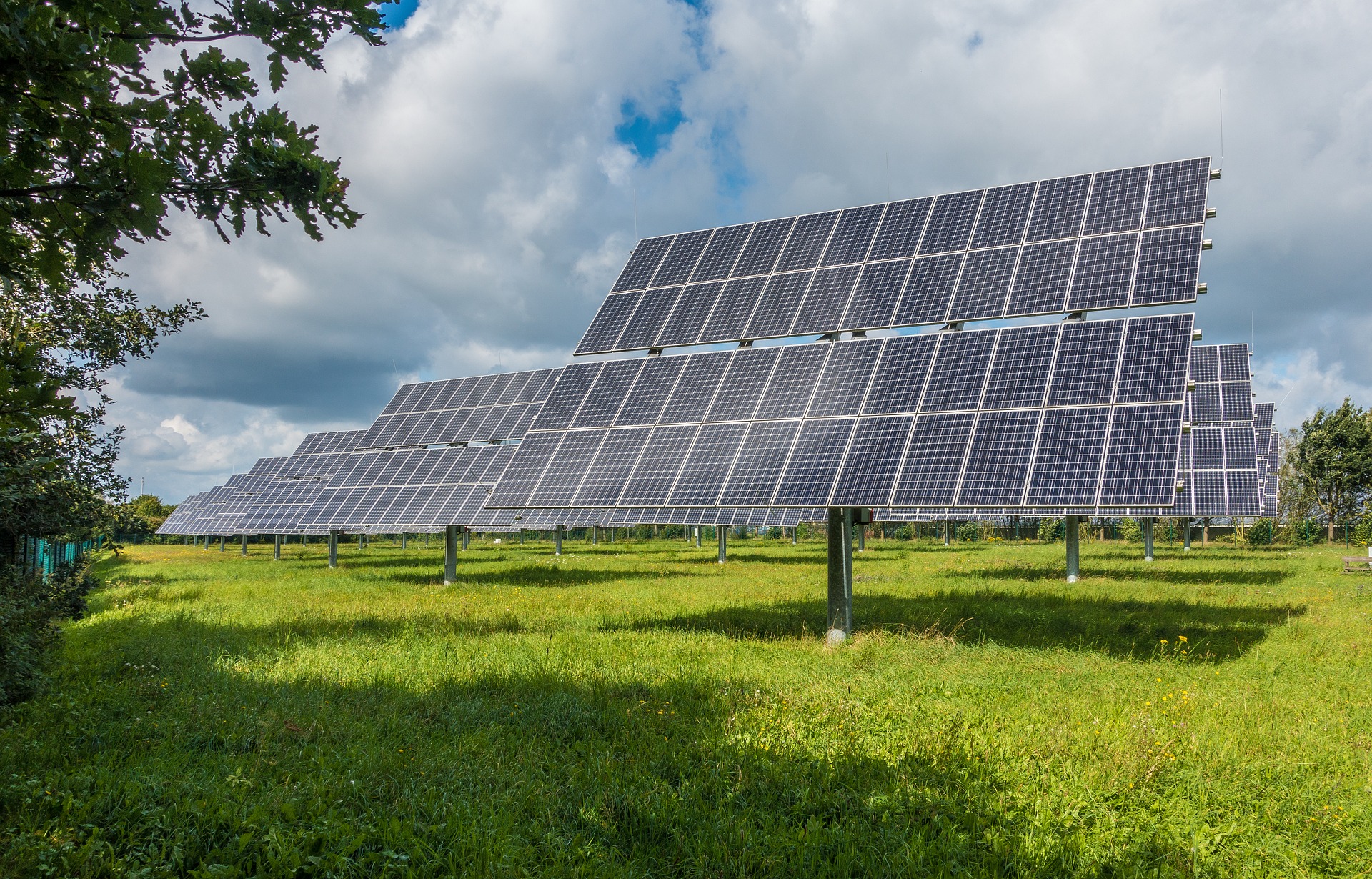

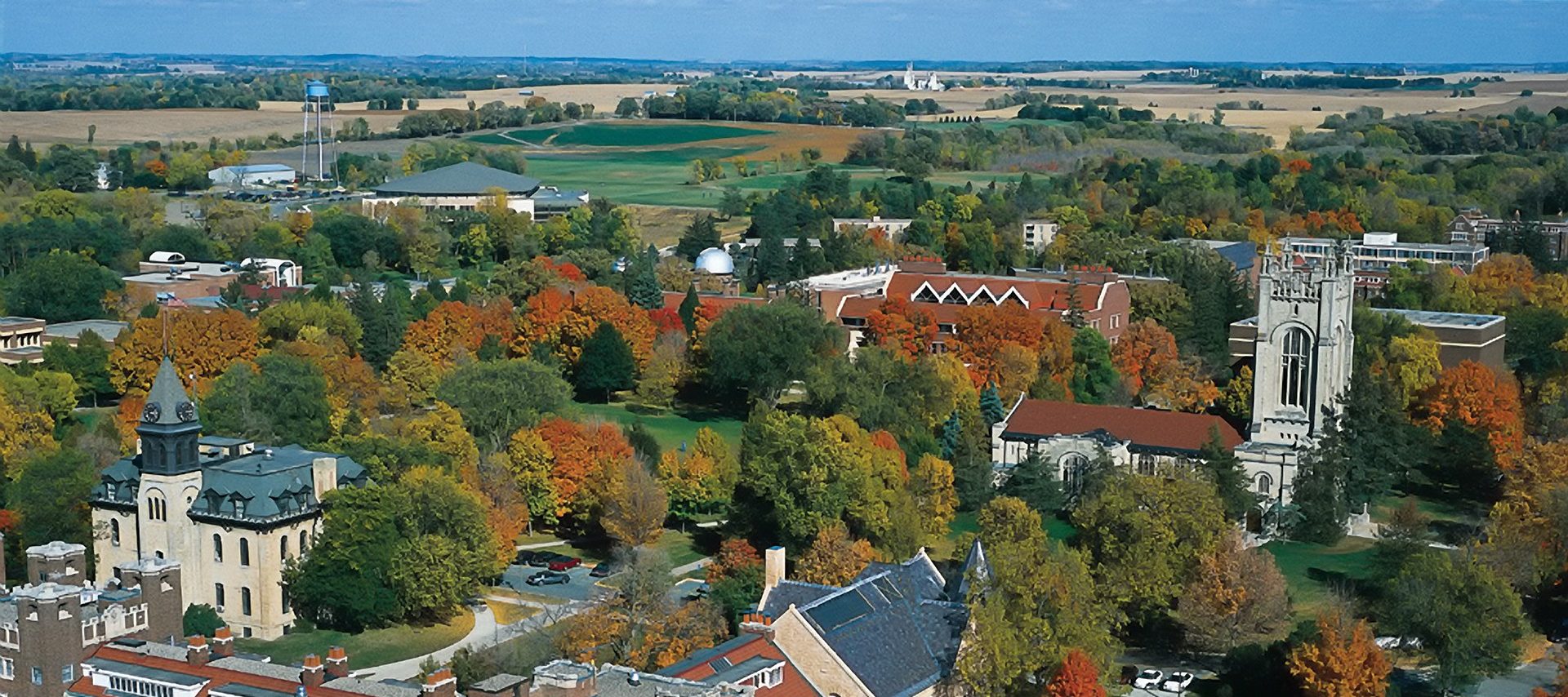
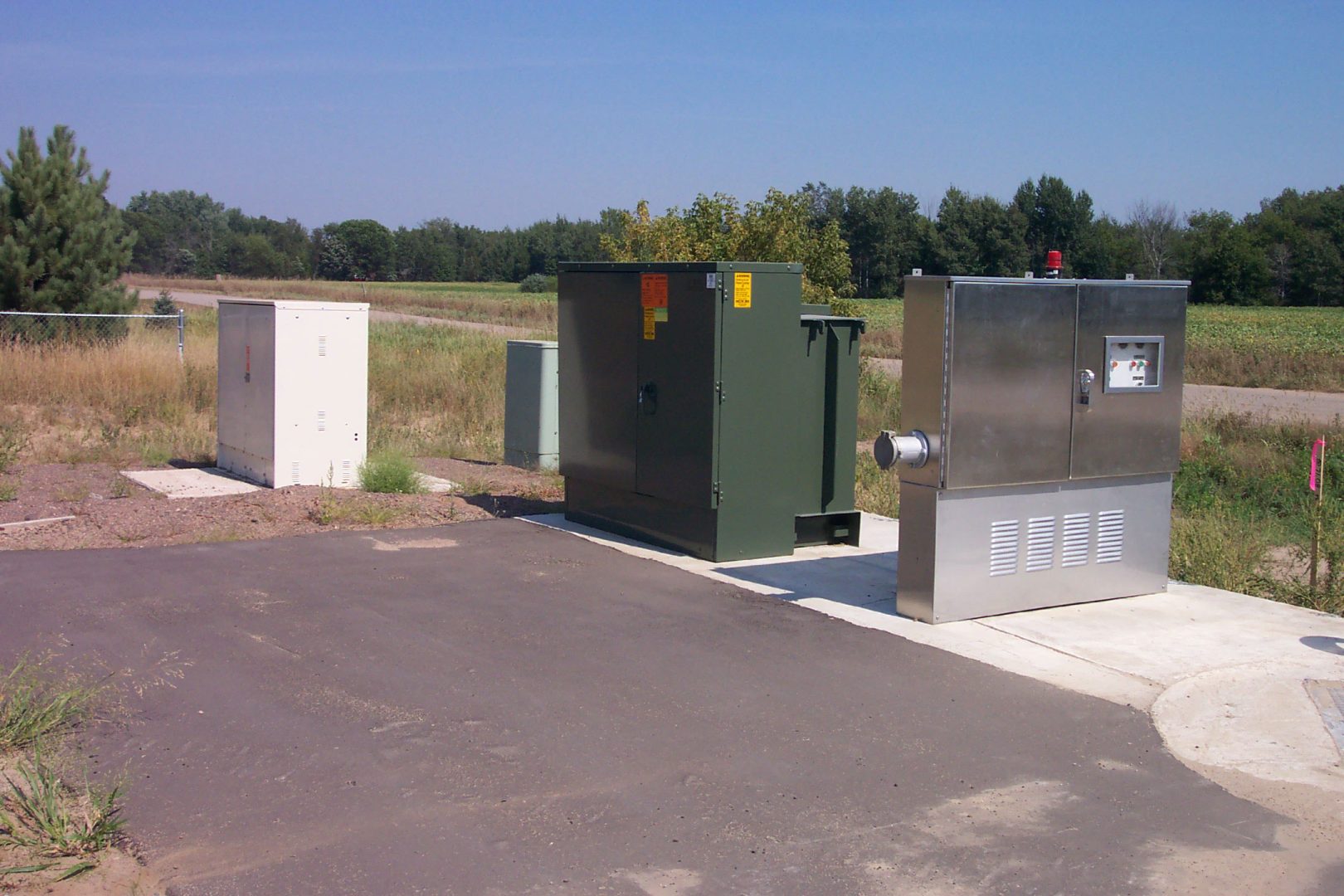
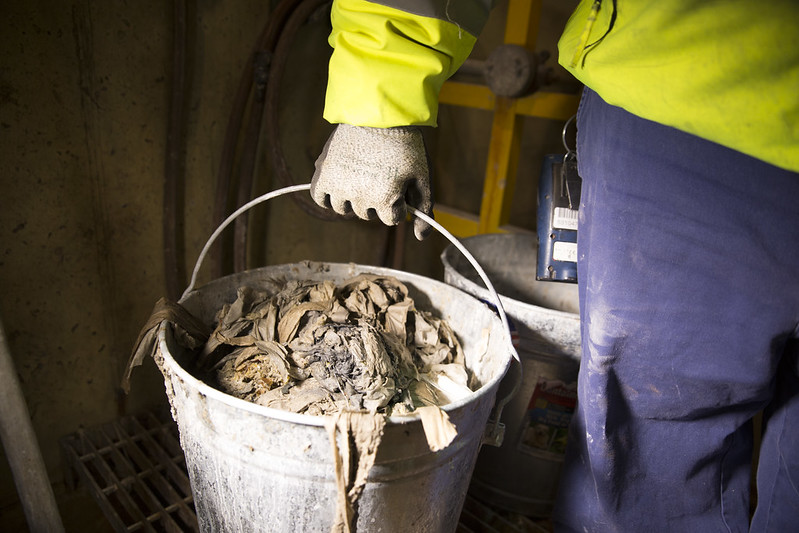
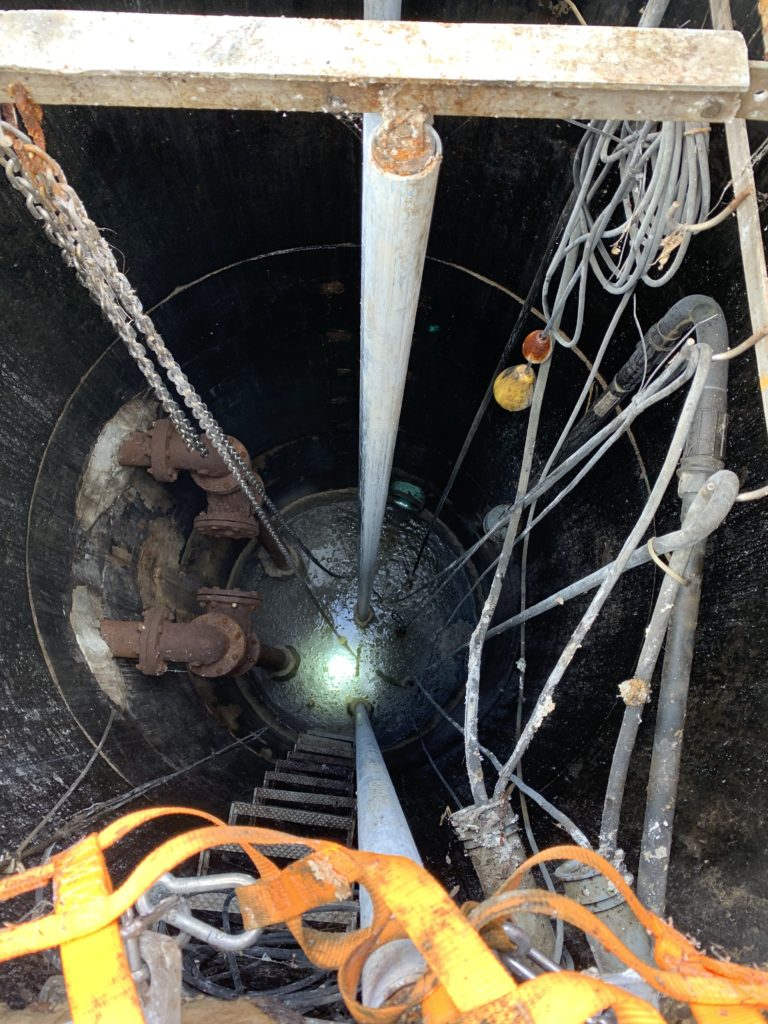
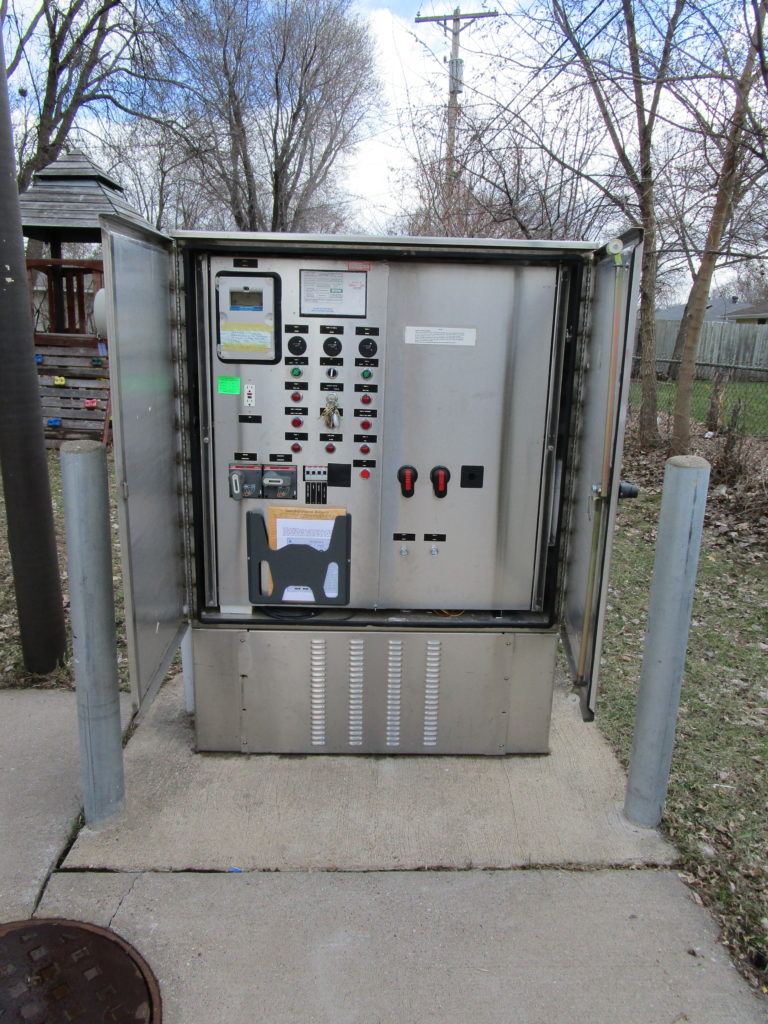
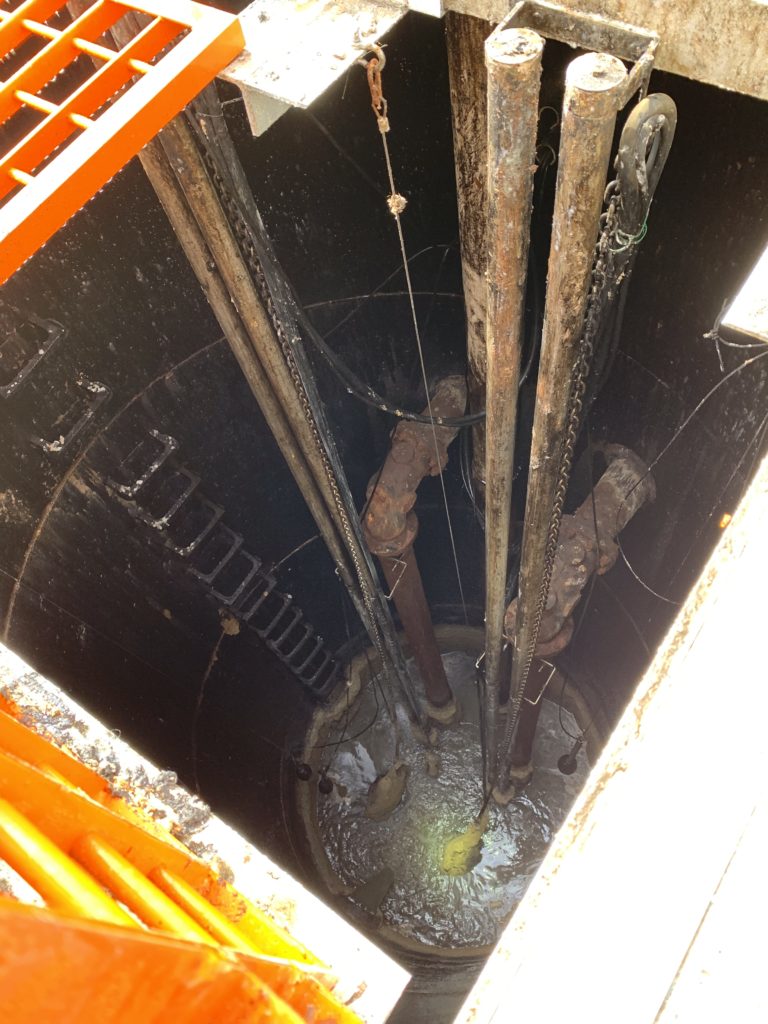
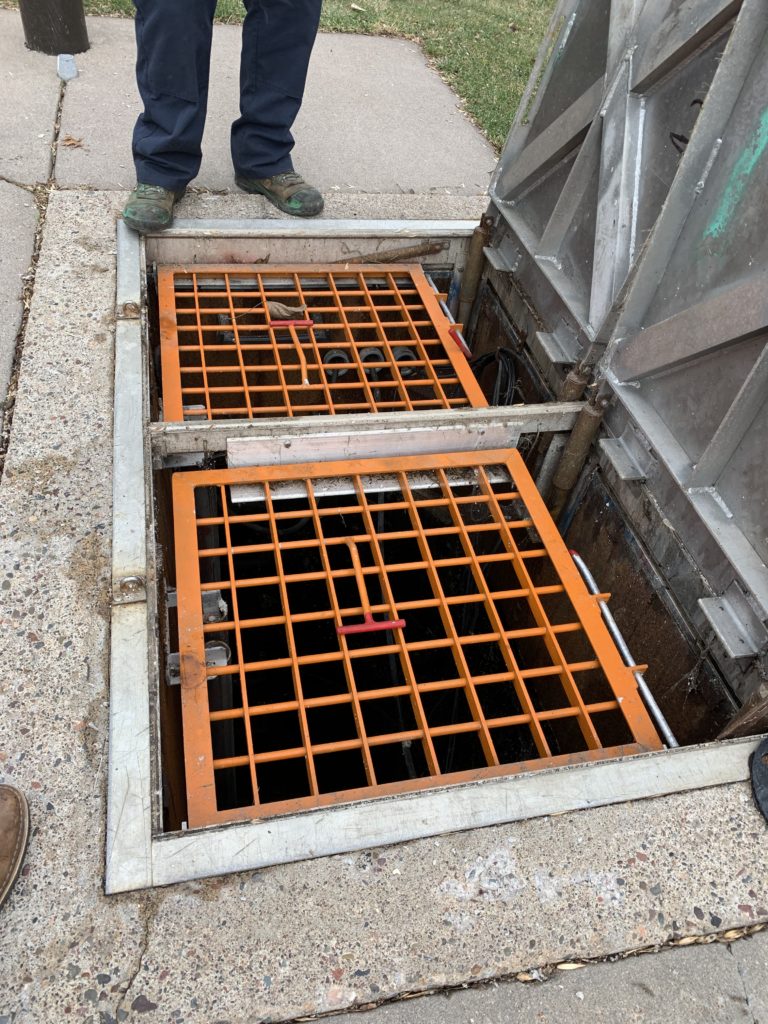




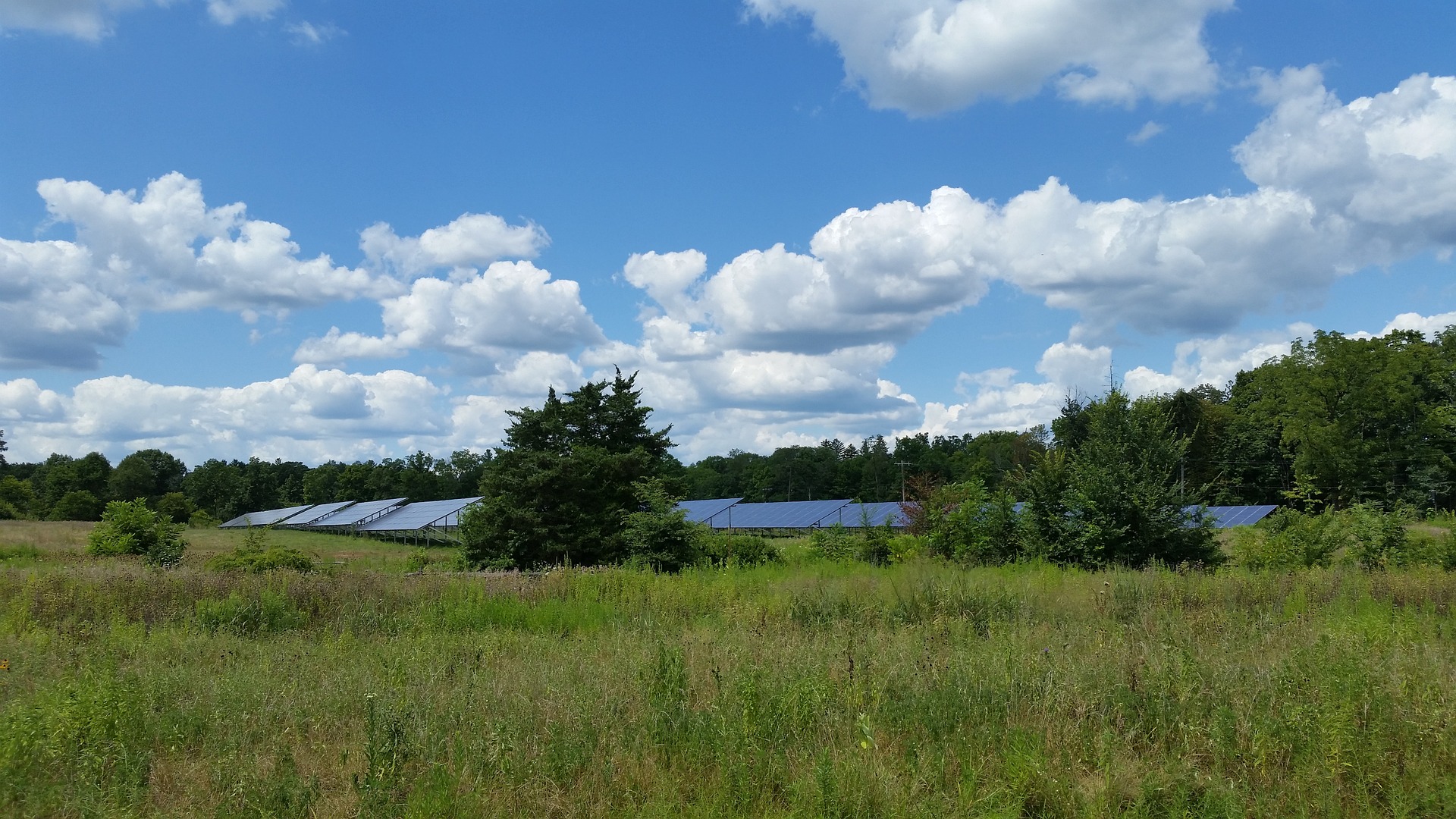
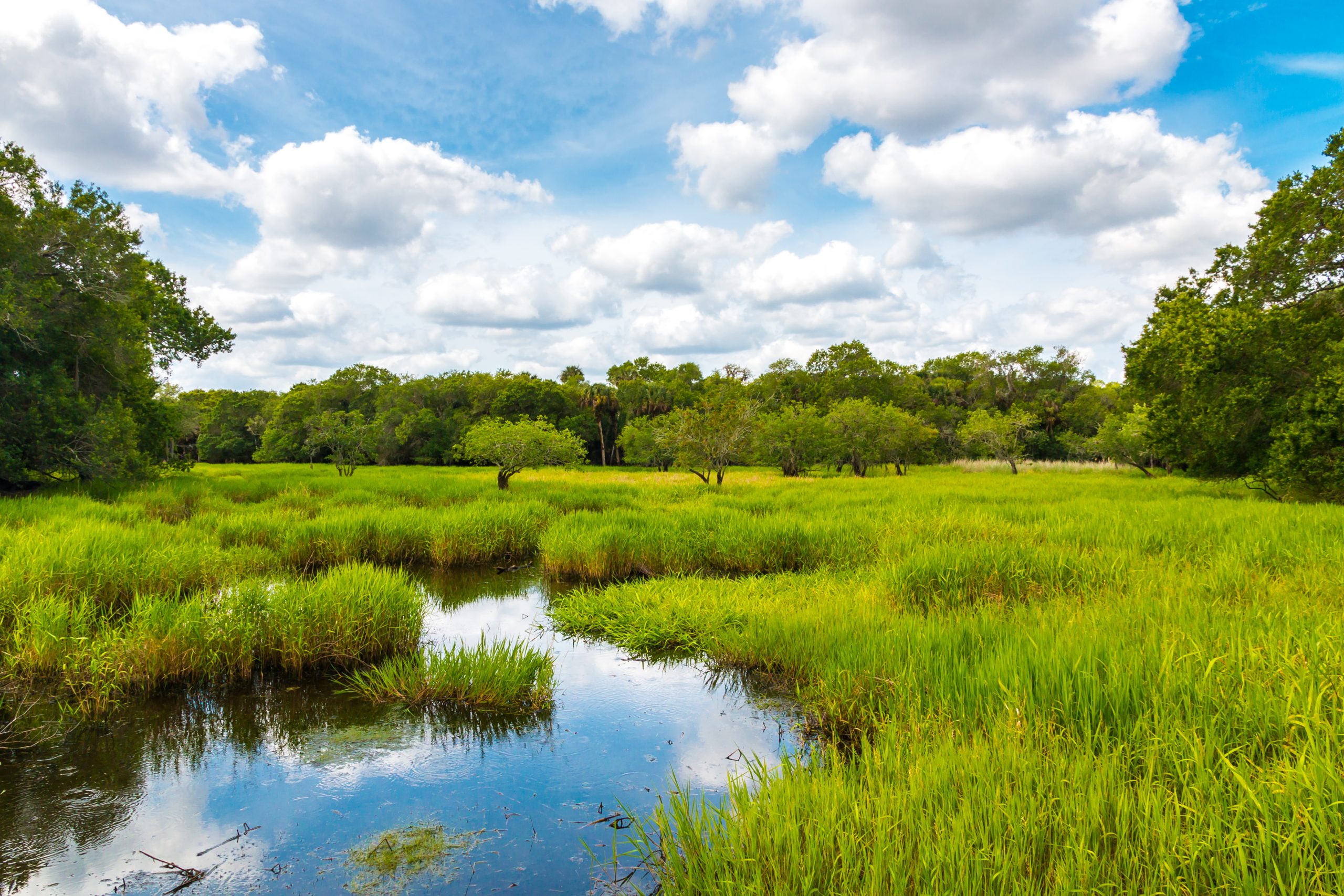

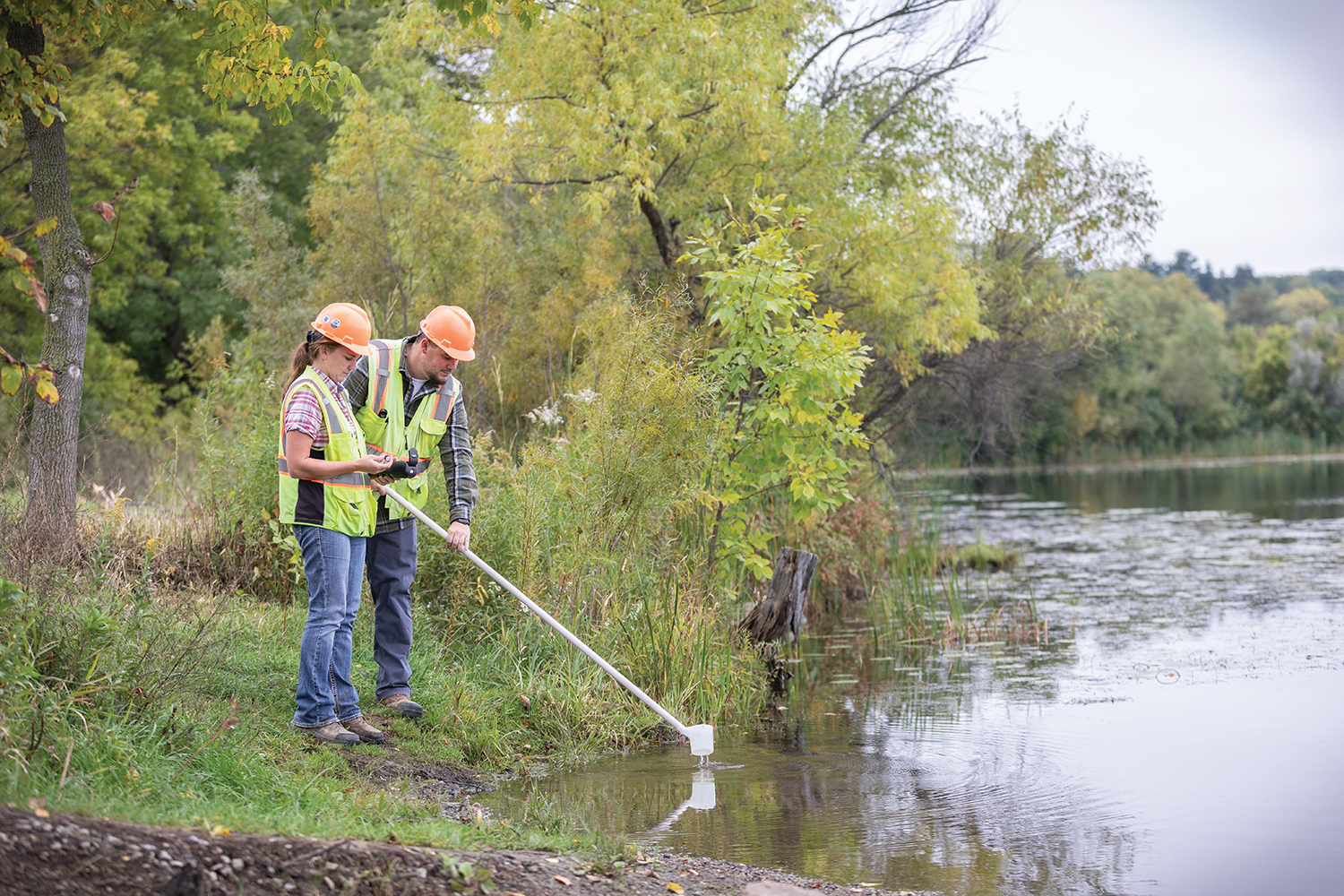


 ob is a Principal at WSB with over 20-years of experience providing technical and management support to public and private clients. Bob’s special expertise in water resources management, infrastructure planning, project development, and land development make him an effective and trusted adviser on a variety of projects.
ob is a Principal at WSB with over 20-years of experience providing technical and management support to public and private clients. Bob’s special expertise in water resources management, infrastructure planning, project development, and land development make him an effective and trusted adviser on a variety of projects. 